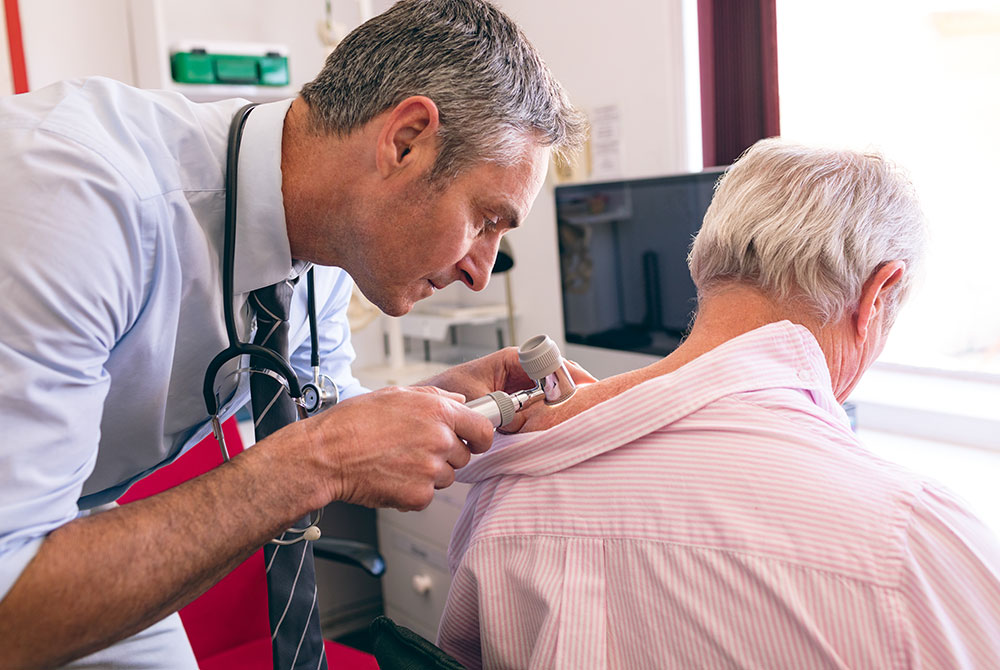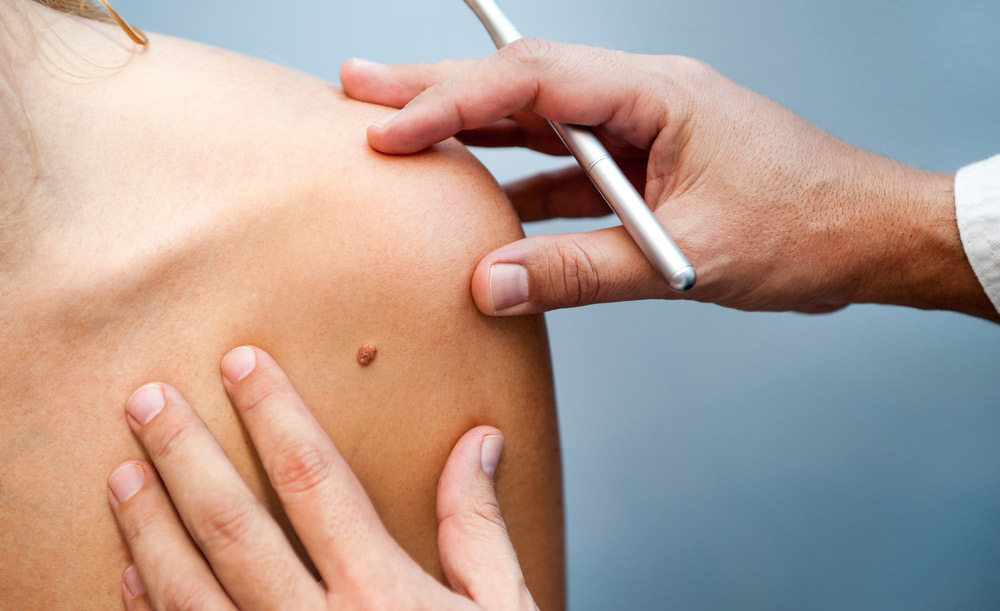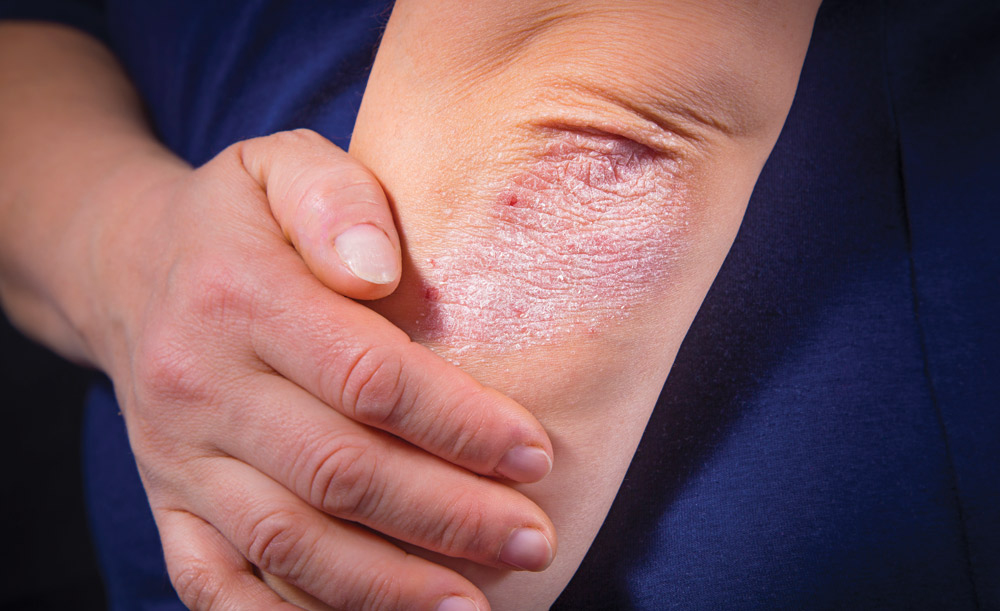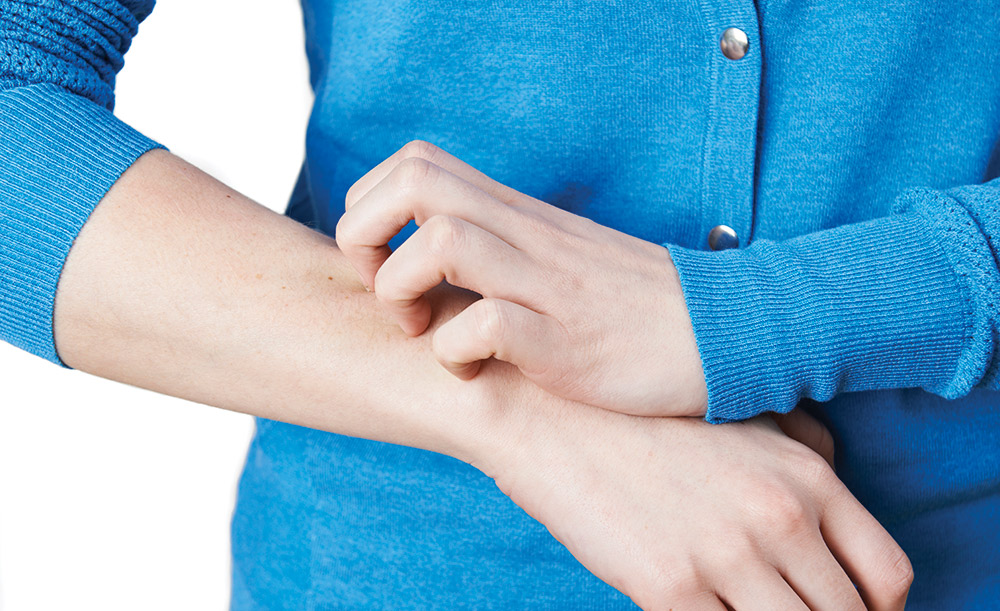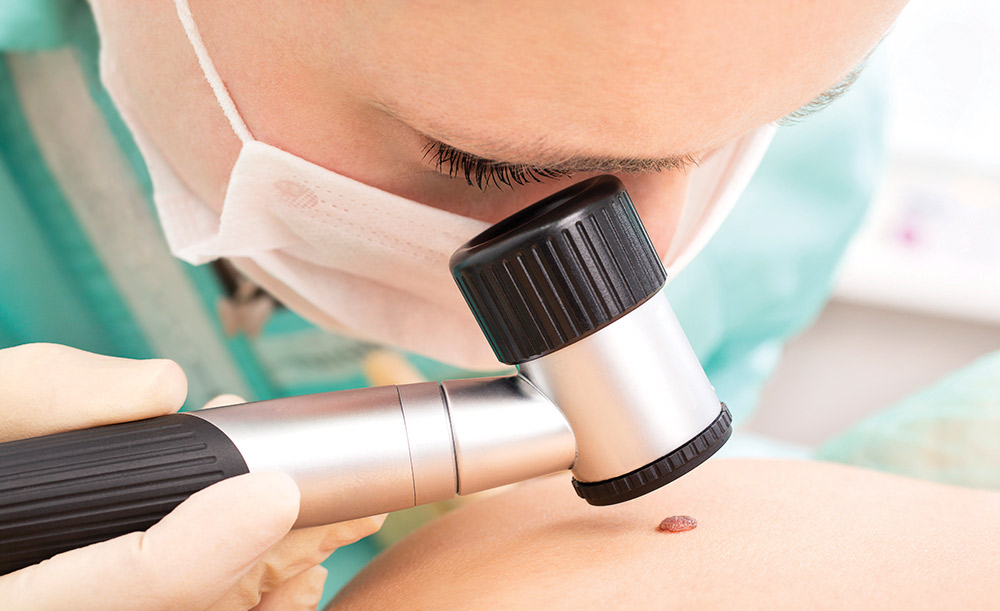Skincare Reston
As summer comes to an end, you may have noticed new moles or suspect that an existing spot looks slightly different. While self-checks are an important tool in detecting skin cancer early, you should always report any suspicious skin lesions to your dermatologist and have an annual skin cancer screening.
In addition, patients should be well-informed about the types of skin cancer, their signs and symptoms, and skin cancer treatment options.
If you would like to learn more, continue reading for the answers to your most-pressing skin cancer FAQs.
What is the Most Common Type of Skin Cancer?
Basal cell carcinoma (BCC) is the most common type of skin cancer and usually presents on parts of the body that are frequently exposed to the sun, such as the face, scalp, ears, arms, and torso. Despite its prevalence, BCC is typically localized and rarely spreads.
Squamous cell carcinoma (SCC) is the second most common type of skin cancer and is usually the result of prolonged sun exposure over the course of a person’s life. It develops in the upper layers of skin and only spreads in a very small percentage of patients.
What is the Most Dangerous Form of Skin Cancer?
While melanoma is rarer than basal cell carcinoma and squamous cell carcinoma, it is much more dangerous and can spread to the lymph nodes and organs. Fortunately, melanoma is highly curable when diagnosed and treated in its earliest stages.
What Are the Signs and Symptoms of Skin Cancer?
Skin cancer can often be observed as a suspicious or evolving lesion on the skin. There are several ways to spot the different types of skin cancer.
Basal cell carcinoma often occurs as a shiny nodule or pimple; rough patches of skin; or a sore that won’t heal.
Squamous cell carcinoma is usually found on sun-exposed areas in the form of crusted red nodules.
Melanoma, which develops in pigment-producing cells, may present as a mole that changes in shape, color, or size; a mole that bleeds or is painful; a rapidly-growing new mole; or as a dark streak or black discoloration of the fingernail.
How Can Skin Cancer be Treated?
Mohs micrographic surgery is a curative and restorative treatment that is an excellent option for non-melanoma skin cancers. It involves removing tissue a layer at a time and inspecting it under a microscope until no cancerous cells are noted.
This process preserves the greatest number of healthy cells and achieves the highest cure rate for skin cancer (up to 99%).
Standard excision as well as curettage and electrodessication are other skin cancer treatments that may be considered.
Learn More About Skin Cancer
To learn more about skin cancer detection, treatment, and prevention, please contact our office today to schedule a comprehensive consultation with board-certified dermatologist Dr. Morgana Colombo.

